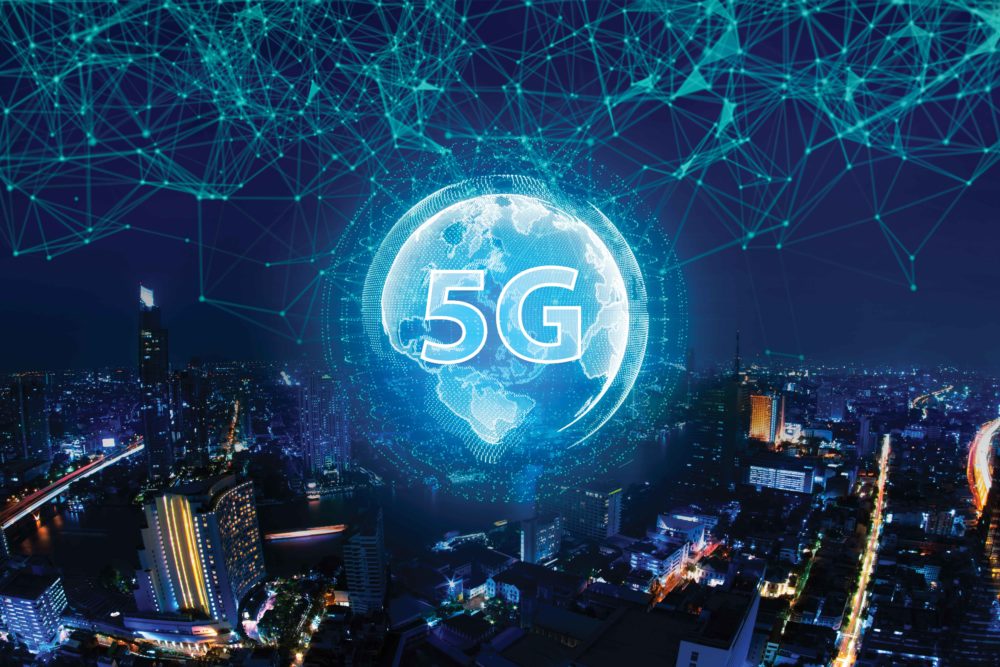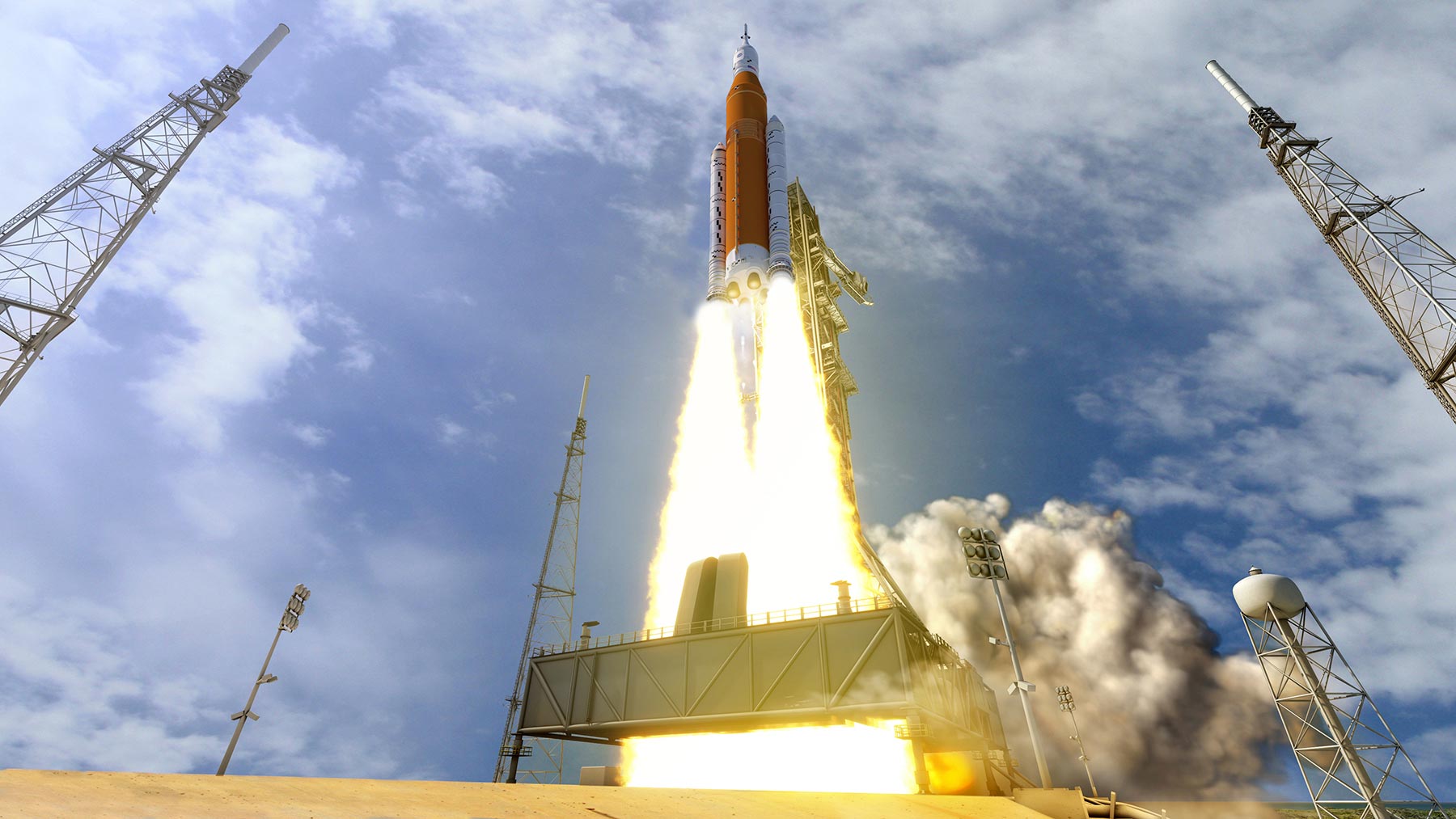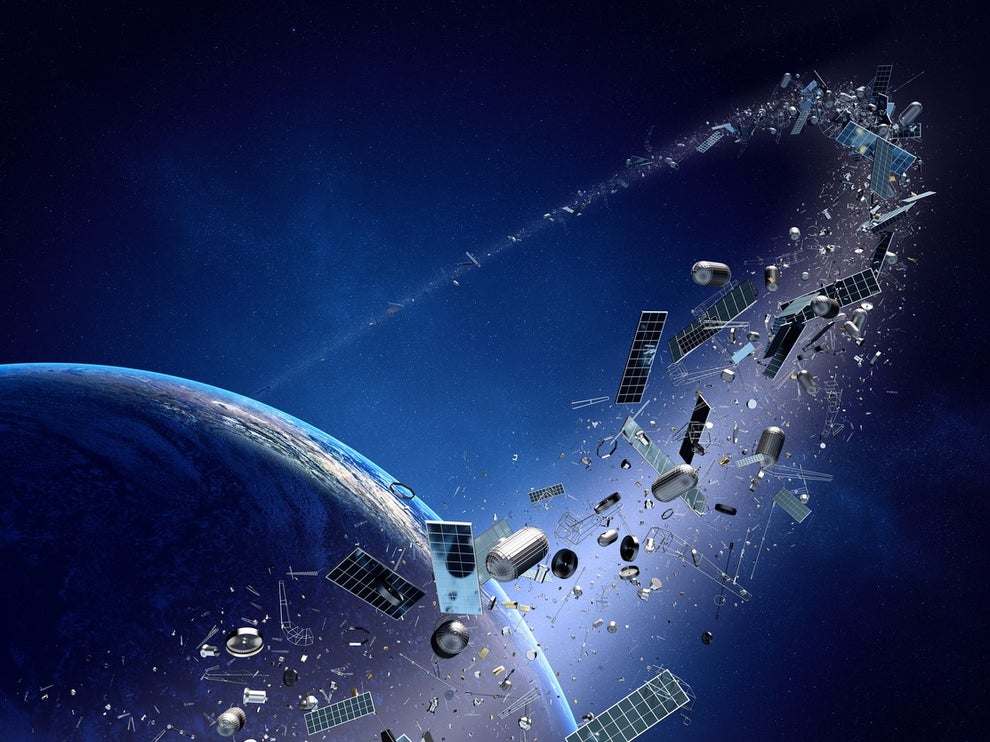European Space Conference Examines Satellite’s Role in Future 5G Networks

At the 13th European Space Conference on Wednesday, Gerry Collins, network and services policy expert for ESOA stated that the satellite industry needs to change its way of doing business in order to make the most of new 5G opportunities. “The satellite industry has a terrible habit of over-complicating things,” he said, and the discussion “has to move beyond Low-Earth Orbit (LEO) vs. Medium-Earth Orbit (MEO) vs. Geostationary Orbit (GEO).”
“We need to be able to provide services in different verticals,” Collins said. “If we are able to do that, it will increase the value of the industry. But, the really key thing is that we are working on standards. We haven’t had an ability to integrate our technologies into bigger solutions, but now we need too.
Collins said there are obstacles are within the satellite industry, and that the key is that these new applications can be delivered in hybrid networks. “We need to remove the thinking of satellite industry as a vertical. We are a horizontal player now in the big scheme of things. The door is open from other industries from telecoms and other industries, but we need to leave behind some of the vertically integrated habits of before,” he said.
Elodie Viau, director of Telecommunication and Integrated Applications and head of ECSAT for the European Space Agency (ESA), said that in the move to a more data-driven and 5G world, companies are changing their entire business models to take advantage of this. She said that having satellite as part of the 5G connection enables real-time connections and communications, and this is key. She highlighted a number of industries/verticals in a 5G world where satellite could provide an important part of the solution.
“The automotive and transport vertical [is] one where a hybrid satellite/terrestrial solution could be valuable. Connected vehicles will play a key role in our future. The logistics industry could also see growing demand for these new types of solutions. There is telemedicine, and the opportunities moving forward to have remote surgery with a satellite connection involved. You also have tele-education, smart cities, smart campuses, connected offices, etc. What satellite is able to bring are these secure and safe links with connectivity. The 5G economy is touching all sectors,” Viau said.
ESA has a strategic program dedicated to 5G and 6G, and Viau said the program is keen to show the integration of satellite and terrestrial networks. “We are looking to engage with all of the verticals, and definitely some of those don’t look naturally towards space. We need to bring everyone together and drive standardization so that we can have this seamless integration. We want to show the end users how they can use satellite.”
Use cases was also a theme of the discussion. Alexandre Tisserant, CEO of Kineis, a company launching a constellation of nanosatellites, believes there are a number of use cases that can be addressed with space-powered Internet of Things (IoT) networks. Echoing other speakers like Viau, he said there needs to be a complement between space and terrestrial networks, and that industrial use cases will need hybrid (space and terrestrial) connectivity going forward.
“We are building space networks for IoT, but we are looking at devices that can connect to terrestrial and space IoT networks. People just want a one-stop solution. You need a complete solution from oceans to cities to rural villages. We need to build the right device for the right use case. In the past, these devices have been too expensive,” he said.
When looking at specific use cases, Tisserant highlighted opportunities when it comes to tracking fishing vessels and more efficient ways of fishing. He said there is a great demand for livestock monitoring for open fields, beehive monitoring, as well as more traditional verticals such as oil and gas and logistics where satellite could make an impact.
Khalil Rouhana, deputy director-general of DG CONNECT for the European Commission. highlighted the fact that when looking at 5G, Europe has been a global leader in providing telecoms equipment around the world. He also said the EC has been working on 5G for the last 10 years and has set out a roadmap for its deployment across Europe.
“We understand how important 5G is. It will bring better speed connections, lower latency, a very important aspect, which is more density of the network which will help us deploy IoT. When it comes to the space part, we are looking at how space can help us advance these new generation of IoT services and have a full coverage of 5G services across the EU. This combination is very important. This is what we are working on in our 5G and space initiatives,” Rouhana said.
Rouhana also highlighted secure communications across Europe and the future development of quantum communications using satellite and terrestrial in combination, as well as getting the satellite industry more involved with 6G initiatives. He says the EU wants to build up these resilient and secure systems, and that it is looking at the latest technology when it comes to quantum communications infrastructure.
“We are looking at how this could be deployed, the terrestrial part and the space part. We want secure, resilient communications using the latest technologies. It is a very ambitious initiative. Another aspect is the work we are doing on 6G now. The satcom community hasn’t been totally involved in this. But, we are already engaged, and we have proposed with the industry and member states to engage in new partnerships. So, from how to move from 5G to 6G. There is an invitation for the satellite community to join us,” he said.



